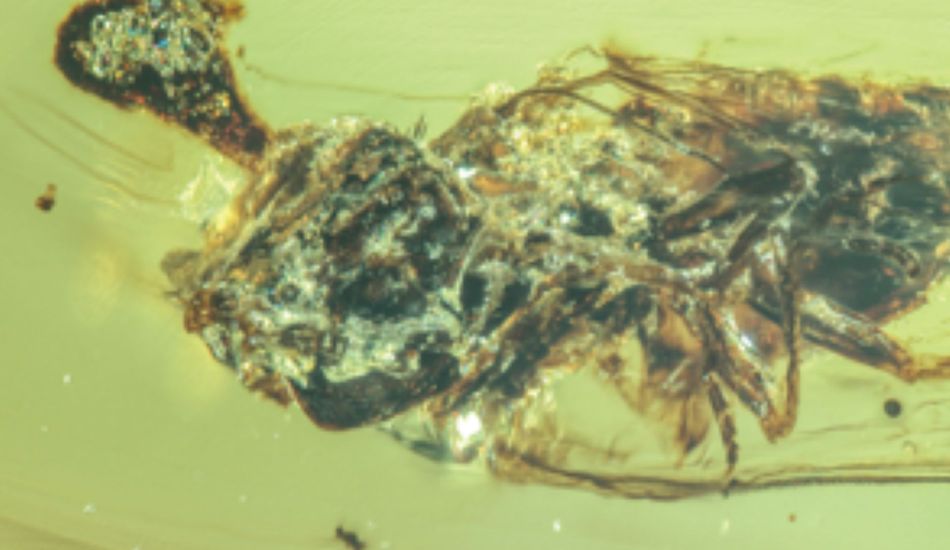
Ancient Amber Reveals Real-Life 'Last of Us' Zombie Fungus from the Dinosaur Age
Fossilized Fungi: A Real-Life 'Last of Us' Story from the Cretaceous
As a tech and science enthusiast, when I stumbled upon this research, I just had to share it with you. Remember "The Last of Us," with its terrifying cordyceps fungus turning people into zombies? Turns out, this isn't just a figment of someone's imagination. Scientists have discovered 99-million-year-old amber fossils containing insects infected with cordyceps-like fungi. Crazy, right?
The study, led by Yuhui Zhuang, revealed two previously unknown fungal species now named Paleoophiocordyceps gerontoformicae and Paleoophiocordyceps ironomyiae. These fossils offer a rare glimpse into the deep history of these parasitic fungi. It's like a scene straight out of a sci-fi movie, only this is real life and it happened millions of years ago!
Using advanced imaging techniques, such as micro-computed tomography, the researchers created 3D images of the fossilized insects. Doing so they revealed some pretty interesting things about the infections. In the fly fossil, they could see the fruiting body of the fungus bursting out of its head. Even more interesting, the fungus in the ant pupa was erupting from a gland that produces antimicrobial secretions. How bizarre is that?
These aren't your run-of-the-mill fungal infections. What's fascinating is that the analysis suggests that Ophiocordyceps originated during the early Cretaceous period. It initially infected beetles and later evolved to infect a wider range of insects, including butterflies, moths, bees, and ants. So, it's not just a modern phenomenon; it has ancient roots!
The scientists believe that the rapid diversification of insect species during the Cretaceous period drove the emergence of new Ophiocordyceps species. It seems that the fungi were adapting to new hosts as insects flourished. It’s just another example of the intricate dance of evolution that has been going on for millions of years.
Discoveries like these remind us that the natural world is full of surprises, and sometimes, the most incredible stories are hidden in the most unexpected places. As Edmund Jarzembowski said, "It's fascinating to see some of the strangeness of the natural world that we see today was also present at the height of the age of the dinosaurs."
Source: Gizmodo